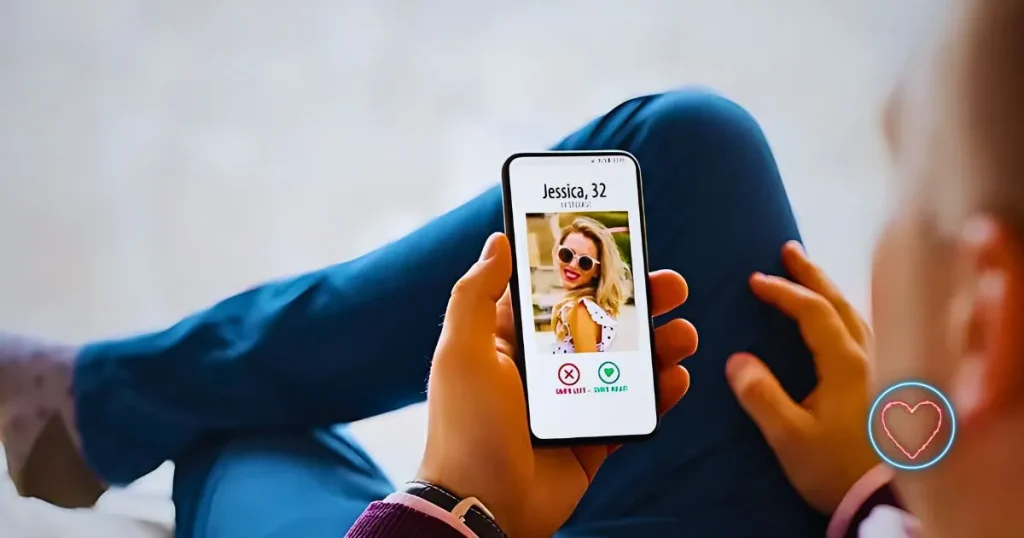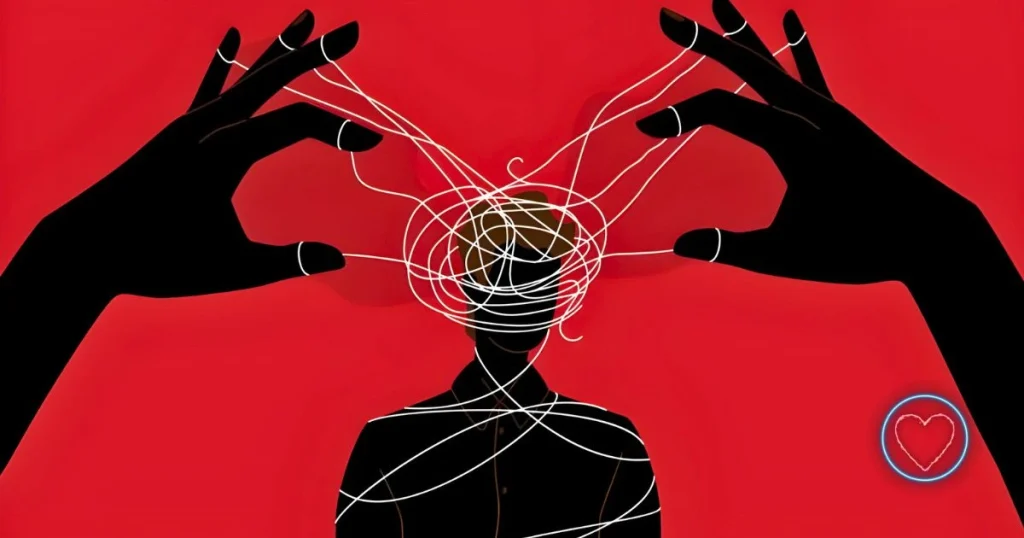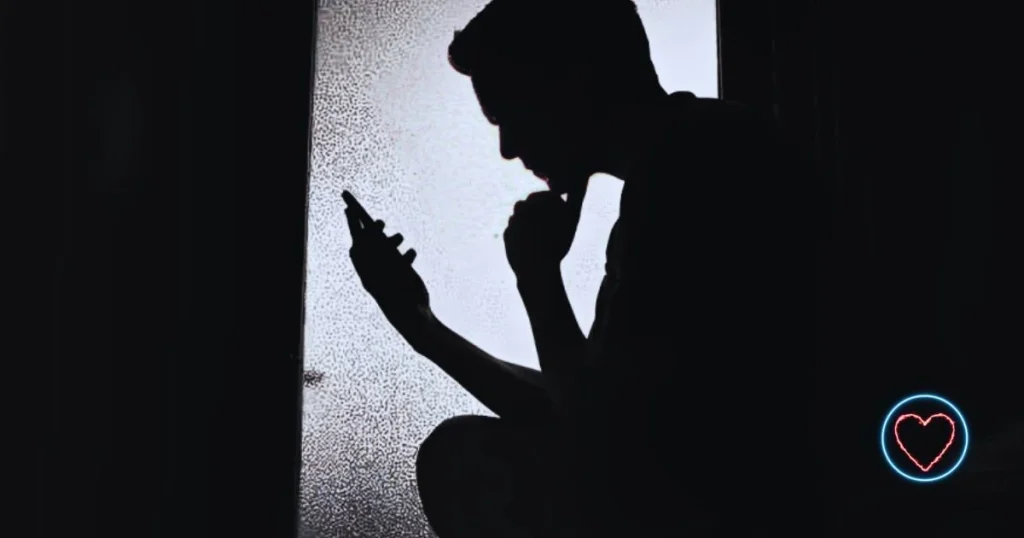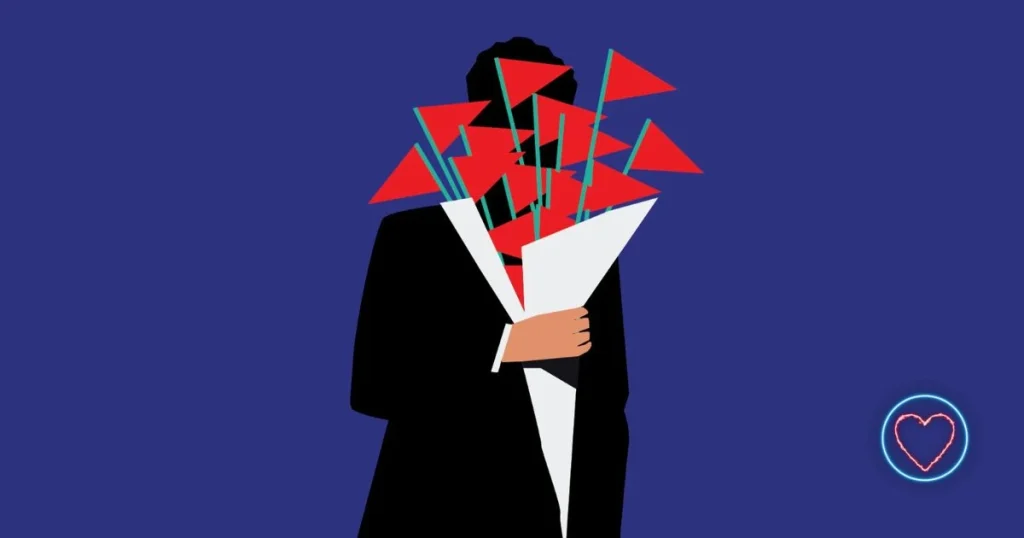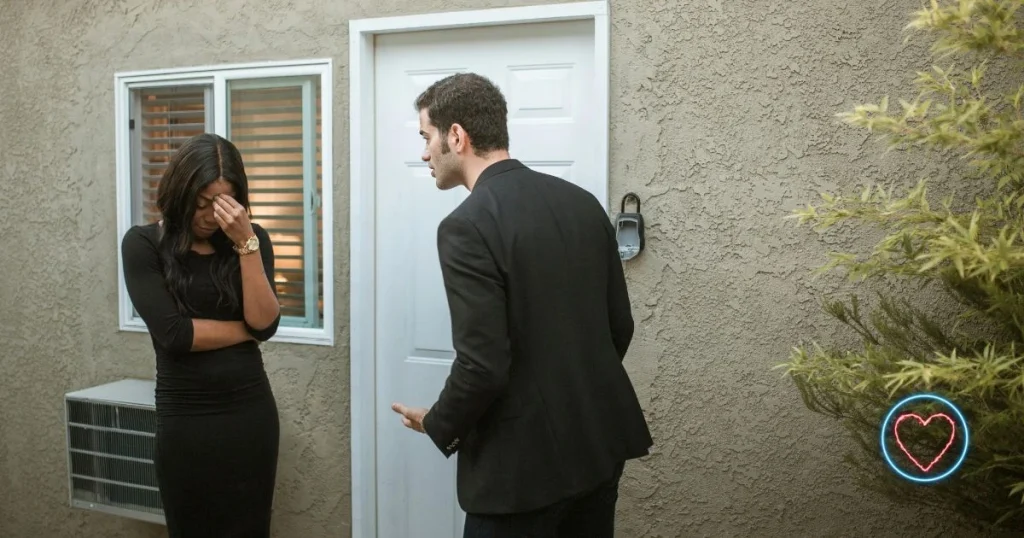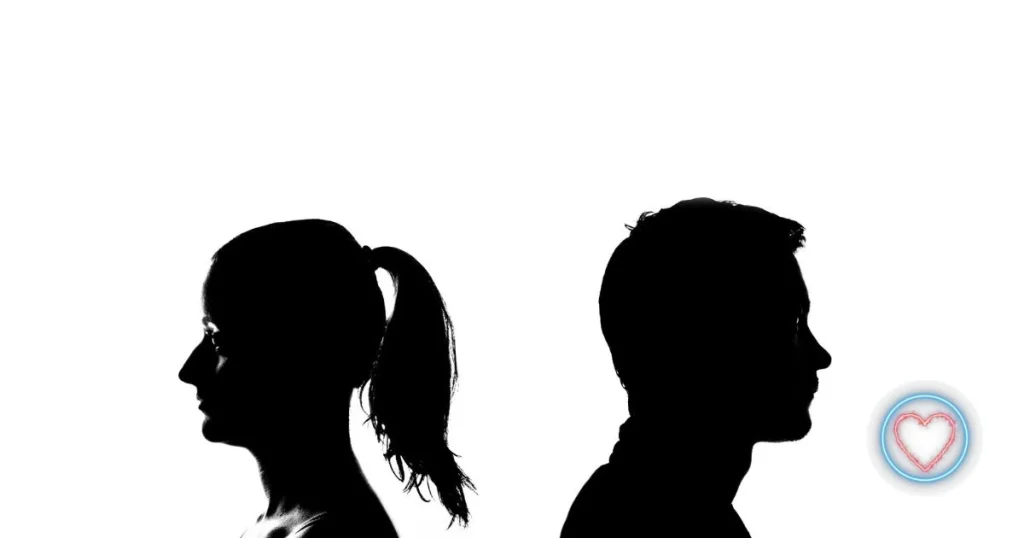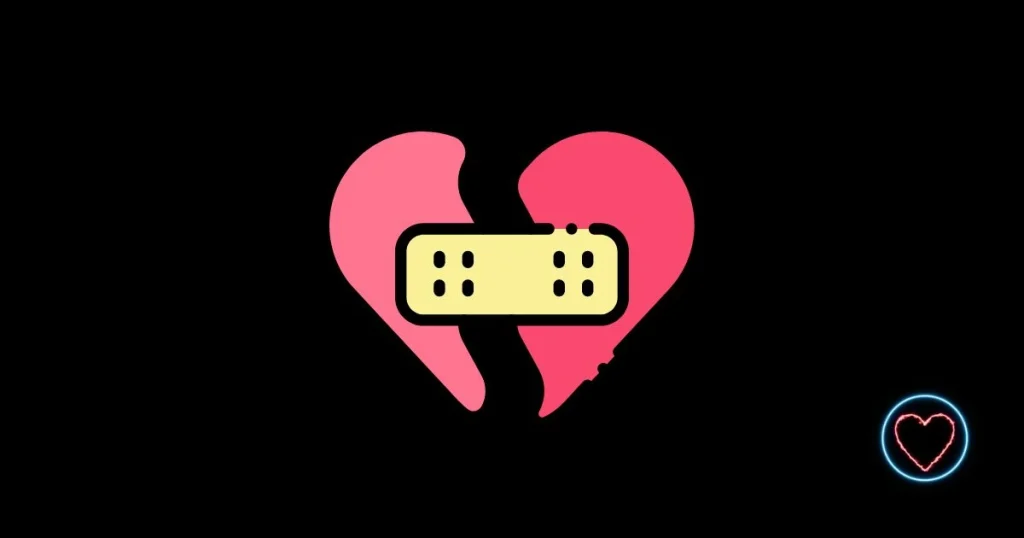Introduction: The Digital Dating Revolution
The rise of dating apps has fundamentally transformed how people meet, interact, and form relationships. From swiping right to instant messaging, digital platforms like Tinder, Bumble, and Hinge have reshaped romantic expectations, communication styles, and societal norms around commitment. While these apps offer unprecedented convenience, they have also introduced new challenges—including choice overload, ghosting, and a cultural shift toward casual dating.
This article examines the key ways dating apps have altered modern relationships, analyzing both the benefits and drawbacks of this technological shift in human connection.
1. The Decline of Traditional Courtship
Before the digital dating era, relationships typically developed through organic meetings in shared social circles, workplaces, or community spaces. Courtship involved longer periods of getting to know someone before physical or emotional intimacy developed. Intentions were often clearer, with many dating with long-term commitment in mind.
Dating apps have replaced this model with:
- Instant connections based on split-second swipe decisions
- Fast-paced interactions dominated by quick texting rather than meaningful conversation
- An efficiency-focused approach that reduces people to curated profiles and photos
This shift has created an expectation of immediate chemistry, leading many to make rushed judgments about compatibility. The convenience of endless options has also fostered a disposable mindset toward potential partners.
2. The Paradox of Choice in Modern Dating
One of the most significant psychological impacts of dating apps is the illusion of infinite romantic possibilities. While having options might seem advantageous, research shows it often leads to:
- Decision paralysis – The overwhelming number of choices makes it harder to commit to any single person
- Grass-is-greener syndrome – Constant wondering if someone better might be just one more swipe away
- Decreased satisfaction – A 2016 study in Psychology Today found that more choices actually reduce contentment with chosen partners
Many users report experiencing “dating app fatigue”—the exhaustion that comes from endless swiping without forming meaningful connections. This phenomenon highlights how quantity doesn’t necessarily translate to quality in digital dating.
3. The Normalization of Ghosting and Breadcrumbing
Dating apps have made behaviors like ghosting (suddenly cutting off contact without explanation) and breadcrumbing (stringing someone along with minimal effort) increasingly common. Several factors contribute to this trend:
- Low accountability – The anonymity of apps makes it easy to disappear without consequences
- Detachment from social consequences – When matches don’t share social circles, there’s less pressure to behave considerately
- The disposable mindset – The constant stream of new options makes each connection feel replaceable
As these behaviors become normalized, many daters now expect flakiness as part of the experience, making genuine trust harder to establish in early dating stages.
4. The Rise of Situationships
A significant shift in modern dating is the prevalence of “situationships”—vague, undefined relationships that avoid labels or commitments. Dating apps facilitate these ambiguous connections through:
- Intentional ambiguity – Many profiles state “not sure what I’m looking for” or “seeing where things go”
- Fear of commitment – The endless options make people reluctant to settle on one person
- Low-investment dating – Minimal effort is required to maintain multiple casual connections
While these arrangements offer flexibility, they often leave participants feeling emotionally unfulfilled and uncertain about where they stand.
5. The Emphasis on Superficial Criteria
The design of dating apps prioritizes first impressions based primarily on:
- Physical appearance in profile photos
- Quick judgments rather than deep compatibility assessments
- Surface-level traits listed in bullet-point bios
This system often overlooks more meaningful qualities like values, emotional intelligence, and long-term compatibility. Many users report frustration with matches that look good on paper but lack real-world connection.
6. Instant Gratification Culture
Dating apps have conditioned users to expect:
- Immediate responses (with delayed replies often interpreted as disinterest)
- Rapid progression to physical intimacy
- Instant “sparks” or chemistry
This contrasts with traditional dating, where relationships often developed gradually, allowing emotional bonds to form over time. The emphasis on immediate connection means many potentially good matches get discarded too quickly.
7. Impact on Self-Esteem and Mental Health
The competitive, appearance-focused nature of dating apps can negatively affect users’ self-perception through:
- Rejection sensitivity from constant left swipes
- Validation-seeking behavior where matches become tied to self-worth
- Unhealthy comparison with other profiles
A 2020 study in the Journal of Social and Personal Relationships found correlations between dating app use and increased anxiety and decreased self-esteem, particularly among frequent users.
Conclusion: Navigating the New Dating Landscape
While dating apps have democratized access to potential partners and broken down traditional barriers to meeting people, they’ve also introduced complex challenges in modern relationships. The convenience of digital dating comes with psychological costs—from the paradox of choice to the normalization of impersonal behaviors.
The most successful digital daters tend to be those who:
- Maintain realistic expectations about app-based dating
- Set boundaries around usage to prevent burnout
- Make effort to transition matches into real-world connections
- Remember that meaningful relationships still require time and emotional investment
As dating apps continue to evolve, so too will their impact on how we form and maintain romantic connections. Understanding these changes is the first step toward using these tools in healthy, fulfilling ways.
